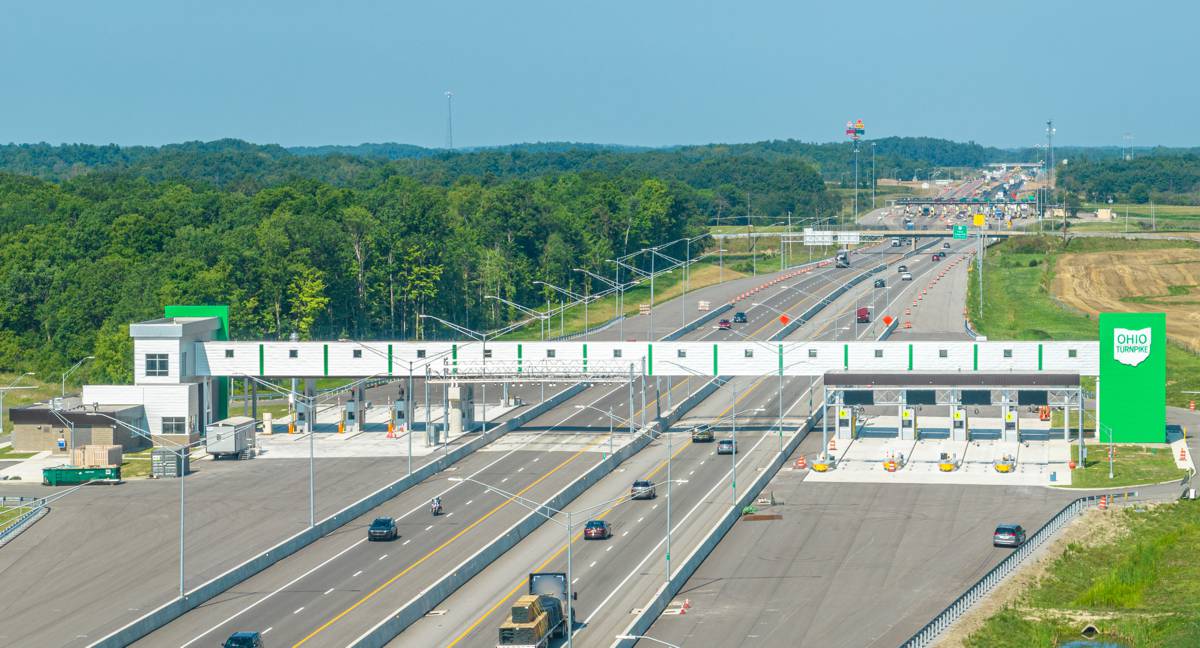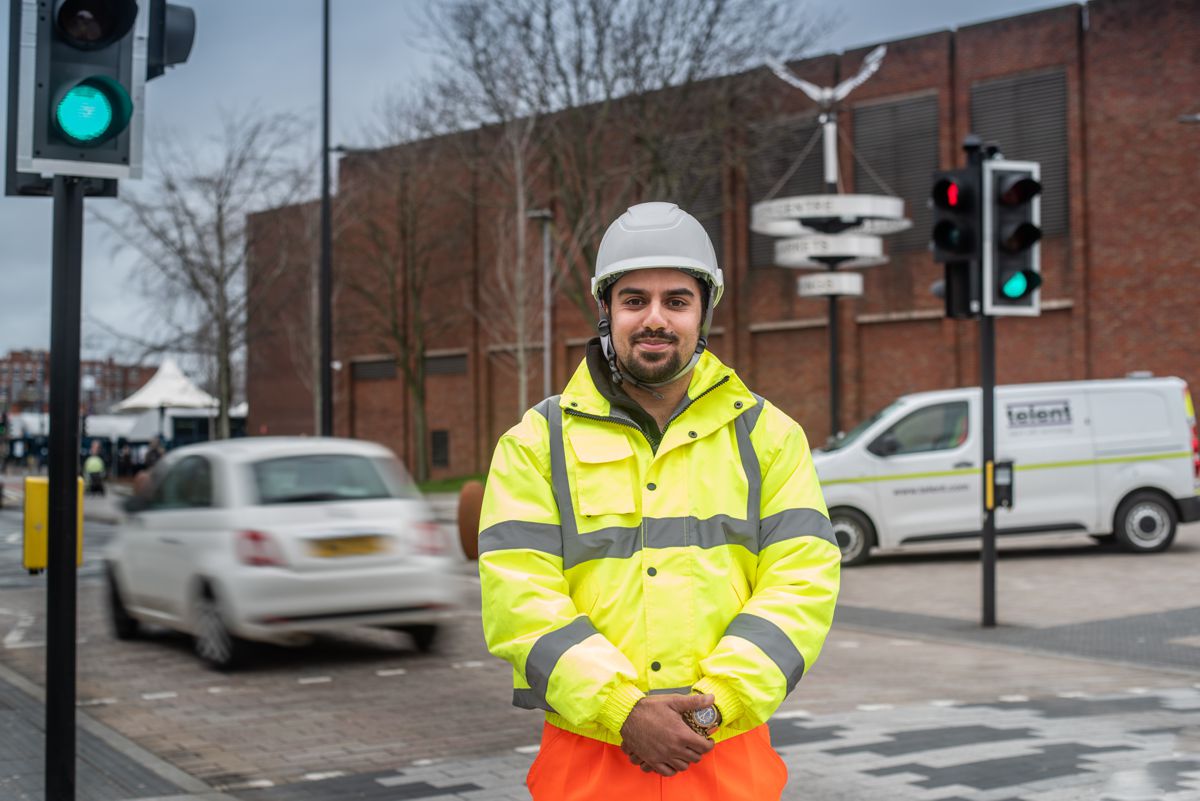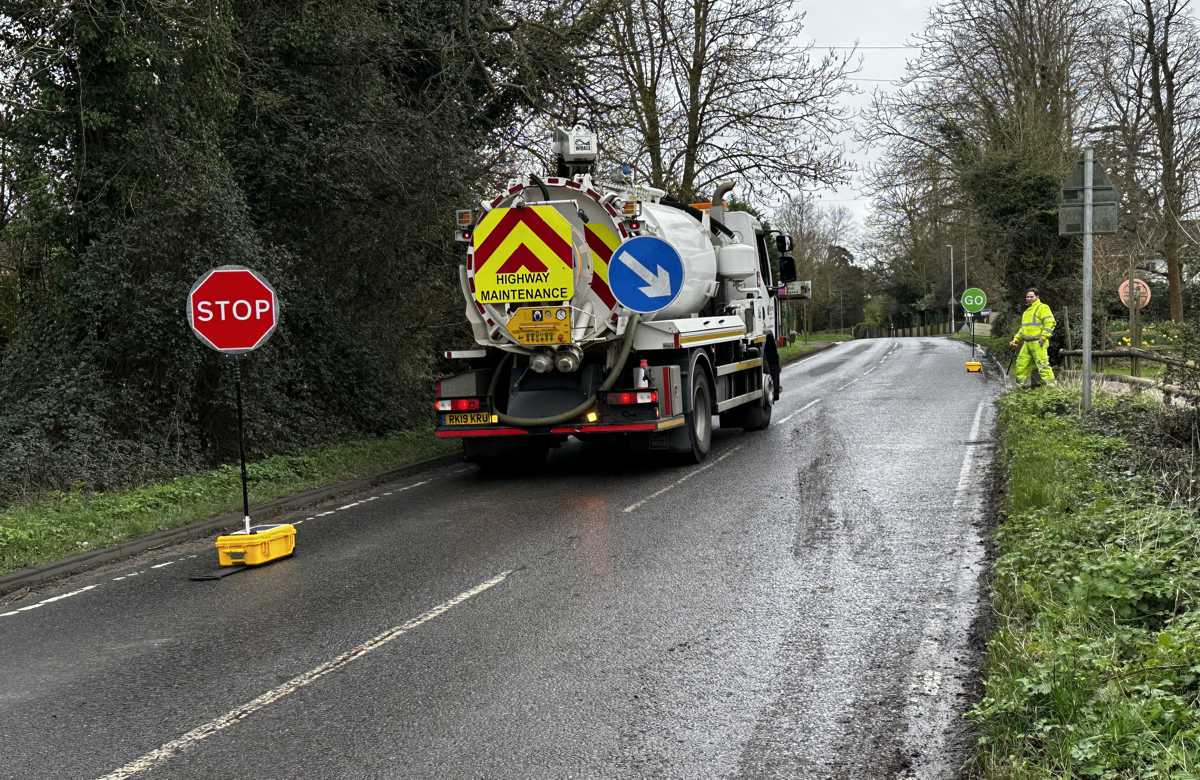Kiribati is a small island republic in the Central Pacific Ocean comprising 33 coral atolls and isles stretching across the equator with a total land area of 800 square kilometres dispersed over an area of 3.5 million square kilometres; and famed for white sandy beaches, beautiful lagoons, and the remnants of WWII battles fought on its shores.
Kiribati has a small population of 102,000 people with over half living on Tarawa Atoll with a number of islets connected together by a series of causeways.
The South Tarawa Road is Tarawa’s most important road, the only road connecting more than 50,000 people living between Betio seaport in the west, and Bonriki and the international airport in the East – this highway is a lifeline!
The road was last rehabilitated in the 1970’s and was in poor condition having had hardly any maintenance, having major effects on the local population and commerce. With frequent heavy rains, and increasing and heavier traffic use, large potholes formed making travelling the roadway slow and often dangerous. In the dry season, excessive dust became a major contributor to upper respiratory illnesses.
To fix this long-standing problem, the Kiribati Government found support to rebuild the road. The Kiribati Road Rehabilitation Project – the largest economic infrastructure investment in the country since World War II – commenced in 2010 with a budget of US$ 60.4 Million with funding provided by the World Bank – US$27.0 Million; the Government of Australia (AusAID) – US$16.4 Million; the Asian Development Bank (ADB) – US$ 14.4 Million; and the Kiribati Government – US$2.6 Million.
The Kiribati Road Rehabilitation Project has so far:
- Rehabilitated over 32 km of the South Tarawa Road
- Upgraded six kilometres of feeder roads
- Upgraded the drainage system
- Provided 57 km of footpaths, pavement markings, road signs, and road furniture
- 36 No. bus shelters
- 114 No. speed humps
- Installed solar powered street lighting
Upgrading the drainage system was one of the most important improvements reducing flooding and damage caused by heavy rain during the rainy season.
Kiribati is one of the most remote countries in the world and had limited local products for the roadworks. Everything, except for water and some locally sourced aggregates and sand, was shipped in, creating challenges in terms of cost, transportation time, and management of resources.
The contract to rehabilitate the road allowed for future routine maintenance of the road including the purchase of basic road equipment, and support and training, that enables local contractors to clean the drainage system, maintain the roadway, fill potholes on unsealed roads, and report to the Ministry of Public Works any maintenance requirements. These routine maintenance jobs will make the roadworks more sustainable, while at the same time reduce the cost to the government and create employment opportunities.
According to local ambulance driver – Tenneke Matireei “My work had been tough due to the bad condition of the road, particularly when considering the comfort and urgency of each patient we transport. You have to drive very slow… Some patients have died on the road as we couldn’t make it to the hospital in time. Now, the patients we transport feel more comfortable because the road is in a much better condition. Our fleet of ambulances will also last longer now that the road is complete, because back then they would not last a year before breaking down. There is definitely a big improvement now. Before the road reconstruction, it was literally impossible to drive faster than 10 km / hour. But today we can carry out our service more efficiently and effectively.”















